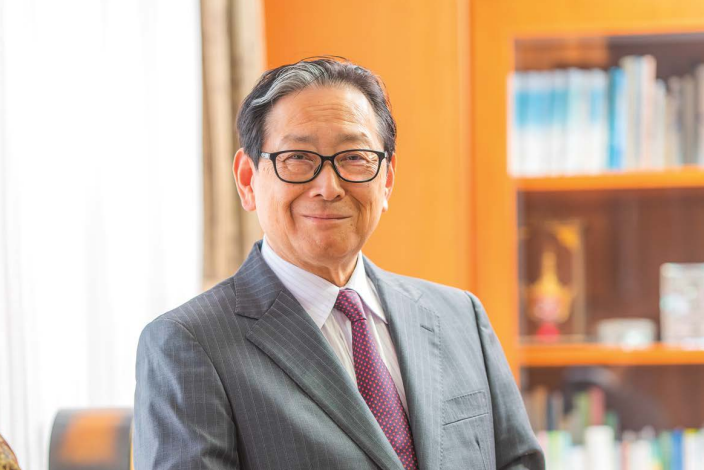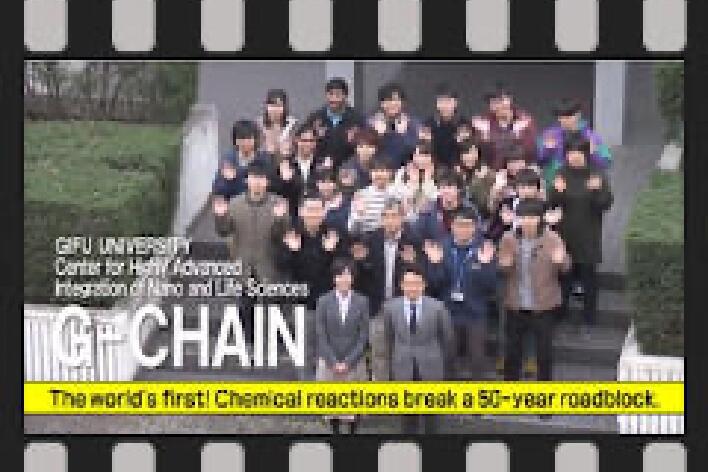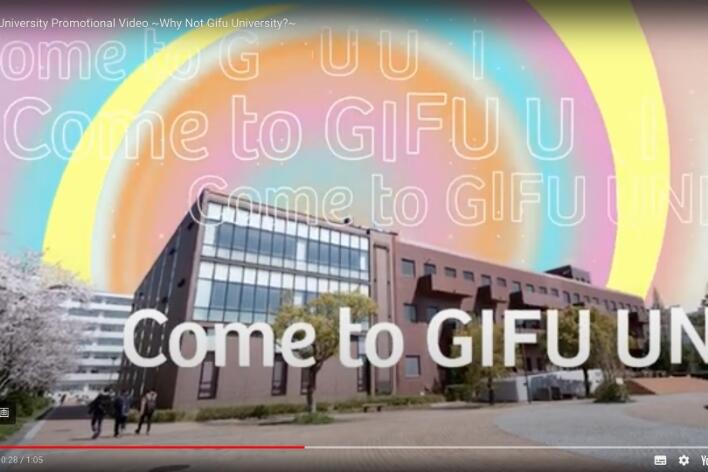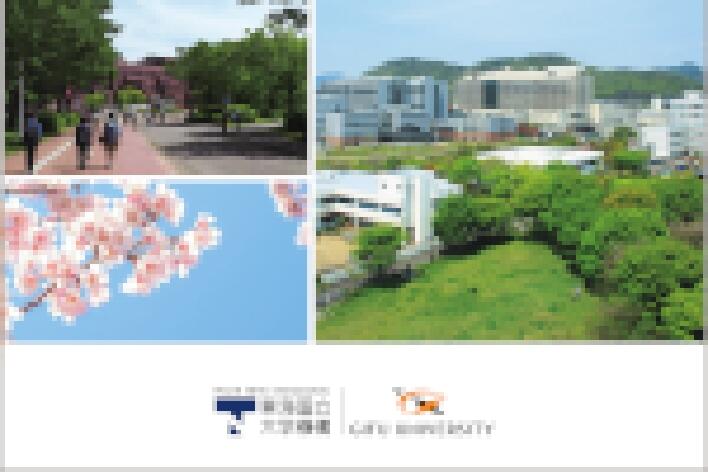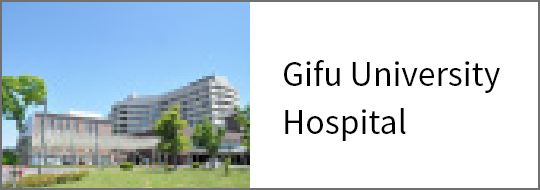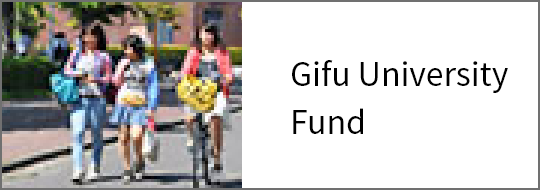Computer-Simulated Experiments in Chemistry: Wider Applications and Future Research Prospects Development of New Quantum Chemistry Computational Programs
*Information related to faculty members/students and graduate schools at Gifu University here are all that of the time of interviewing.
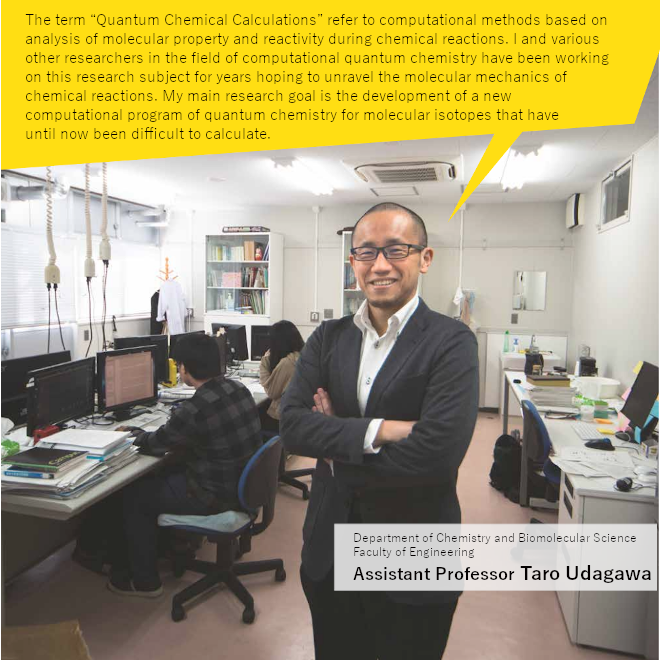
Computer Simulations of Chemical Reactions

My research specialty lies in "simulated quantum chemistry computation of various chemical reactions."
Most of us have this stereotypical image of chemists as scientists donning their white lab coats, conducting experiments inside the laboratory, mixing chemical reagents in test tubes or flasks, etc. On the contrary, members of our research team are always seen sitting in front of their computer screens, without getting their hands directly on any chemistry apparatus at all.
What are "quantum chemical calculations?"
Fundamentally, "molecules" lie at the heart of quantum chemical calculations. Molecules are made up of multiple atoms, and each atom consists of electrons orbiting the nucleus. An atomic nucleus is significantly heavier than electrons and do not travel in the electron timescale. In deepening our understanding of electron movement, we can potentially unveil the intricacies of molecular properties.
The behavior of electrons as described by "Schrödinger Equation" constitutes the foundation of quantum mechanics. The use of this equation provides a way for scientists to investigate the properties and reactions of single particles without conducting actual chemical experiments. However, the mathematical complexity behind this equation means that in most cases, this equation cannot be solved exactly. Thus, we have to simplify the calculations by using a number of approximations to generate approximate solutions in order to describe the behavior of electrons.
"Quantum chemistry calculations" have already been widely recognized as "an indispensable experimental instrument" providing us better insights into chemical reactions. In the 1970s, a new computational quantum chemical software GAUSSIAN was developed, and in the mid-1990s the explosive popularity of "Density functional theory" made it possible among researchers to obtain more accurate results with reasonable computational effort.
The remarkable advances made in computer technologies in recent years have meant that high-performance computers are now widely available at low costs allowing quantum chemical calculations to be increasingly utilized by not only experts like us but also chemical researchers to make predictions before conducting their experiments and to verify their experimental results.
In actual scientific investigations, researchers often work with difficult-to-handle molecules such as highly toxic and fragile molecules. In addition, the "transition state," which is the state corresponding to the highest energy geometry along the chemical reaction path, is crucial for our understanding of the molecular dynamics of chemical reactions. However, faced with the complications of the highly unstable and volatile nature of intermediate reactivities which makes direct experimental observations extremely difficult, calculations provided by computer simulation of chemical reactions are an invaluable tool in chemical experiments.
Taking into account that in quantum chemical calculations, even if experimental errors arise, numerical values will be produced. There is no question that failures are inevitable and obvious in actual chemistry experiments, but not in computer simulations; therefore, it is important for chemists to think on their own and not totally depend on computers to do the work.
- Complex experiments are costly and time consuming.
- Experimental observations of high-energy transition state in chemical reactions are difficult.
- Highly toxic or unstable molecules are difficult to handle.
▼
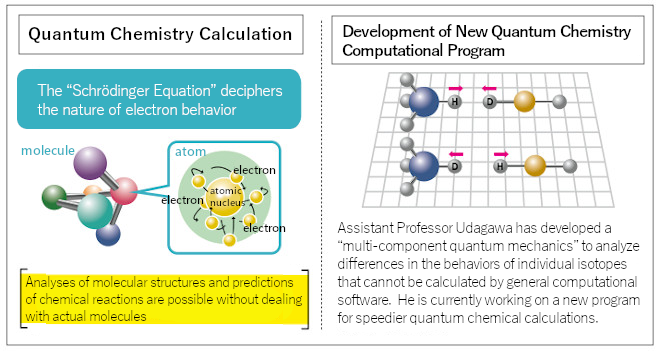
Joint Research Activities on Campus. Developing New Programs

By applying quantum chemical calculation methods, our research team has been contributing to various research activities carried out within Gifu University. For instance, our joint research on polymers with Professor Yohei Miwa, the Faculty of Engineering, has led to the research publications in Nature Communications. In addition, a joint research papers with Professor Hiromune Ando of the Center for Highly Advanced Integration of Nano and Life Sciences was published in the American scientific journal Science.
Our team is also currently supporting research in various fields such as calculations of physical properties of metal complexes, and analyses of organic chemistry reactions.
In addition, I am working on the development of a new quantum chemical calculation program. Of particular importance is the establishment and program development of the novel theory of "multi-component quantum mechanics," which takes into account the quantum effect of light nuclei, such as proton and deuteron.
We have already developed a program that can analyze isotopes with a certain level of accuracy. By capitalizing on the knowledge we have gained thus far, we hope to establish new, more efficient calculation methods for large molecules such as proteins as our next goal.
The development of a completely new theory is a real challenge, but every time I come across enormous difficulties, I am reminded of the words of my former supervisor, "If you keep on at it, success will definitely come your way someday." His simple message seems like a matter of course, but for some reason, his words reverberate in my heart which continues to serve as a driving force in my research.
